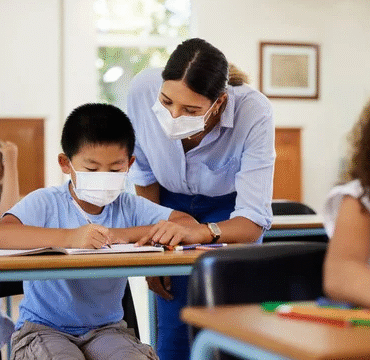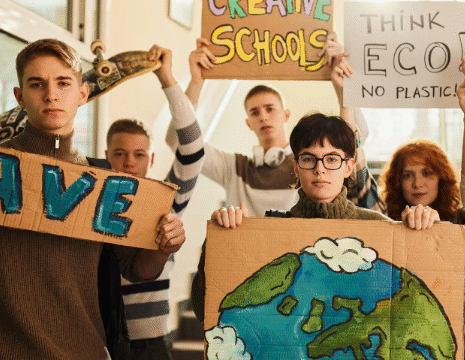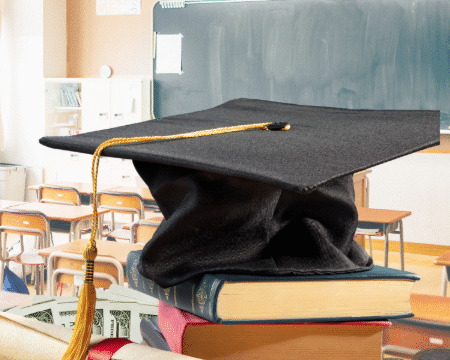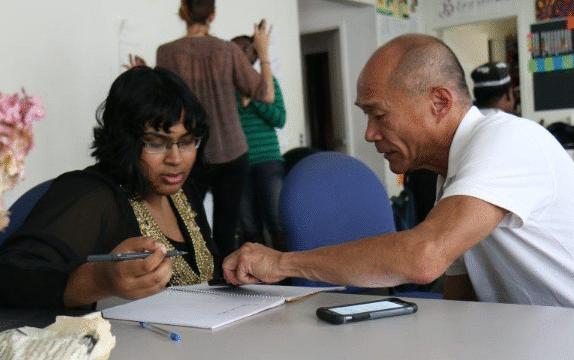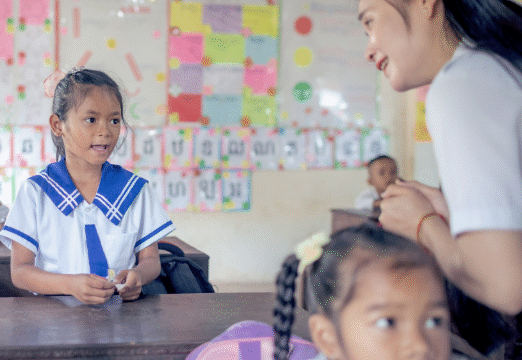Education has long been recognized as one of the most powerful
tools for social progress, economic growth, and personal empowerment.
Around the world, millions of children and young adults still
face barriers that keep them from accessing quality learning opportunities. These challenges range from lack of school infrastructure and limited teacher training to poverty, gender inequality, and conflict. Addressing such complex issues requires collaboration that extends beyond borders, cultures, and governments. This is where global partnerships for education come in, providing the cooperation, resources, and shared vision needed to make education truly accessible for all.
At its core, a global partnership for education is about bringing together diverse players who share a common goal. Governments, international organizations, non-profits, communities, and private sector leaders all have a role to play in advancing education. By pooling resources and expertise, these collaborations can tackle challenges that no single entity could manage on its own. A ministry of education in a developing country, for instance, might need funding and technical assistance, while non-governmental organizations could help with teacher training or literacy programs. Businesses can also contribute through corporate social responsibility initiatives, providing technology or scholarships that make learning more inclusive. Each partner adds a unique perspective, creating a stronger collective effort.
One of the most important benefits of global educational partnerships is the ability to mobilize funding where it is needed most. Many low-income countries struggle to allocate sufficient budgets for education, especially when competing priorities such as healthcare or infrastructure require attention. International cooperation helps bridge this gap, ensuring that resources reach communities in need. Organizations such as the Global Partnership for Education have already demonstrated how targeted funding can improve access to schools, increase teacher quality, and support innovative approaches to learning. By working together, nations and organizations ensure that no child is left behind due to financial constraints.
Beyond funding, partnerships also play a key role in knowledge sharing. Education systems vary widely across countries, and each one has unique strengths that can inspire new solutions elsewhere. For example, one country might have effective programs for teaching literacy in multilingual classrooms, while another has strong methods for integrating digital technology into rural schools. Through global collaboration, these best practices can be shared, adapted, and scaled. This exchange of ideas prevents the reinvention of the wheel and accelerates progress. It also fosters a sense of solidarity among educators and policymakers, reinforcing the idea that education is a global public good rather than a privilege reserved for a few.
Technology has further expanded the potential of global partnerships for education. Online platforms and digital tools make it easier than ever to connect educators, students, and institutions worldwide. Collaborative projects now allow teachers from different continents to share lesson plans, while students can participate in virtual classrooms that transcend geographical boundaries. For areas where physical schools may be hard to build or maintain, digital learning resources provide new avenues for reaching learners. However, technology also requires careful investment in infrastructure, such as reliable internet and affordable devices. Partnerships that include both public and private actors are particularly effective here, as they combine government leadership with industry expertise.
Equity is another area where global partnerships prove invaluable. Education for all is not just about enrolling children in schools but ensuring that every child, regardless of background, has access to quality and inclusive learning experiences. Gender equality, for instance, remains a challenge in many regions where girls face cultural, social, or economic barriers to schooling. Similarly, children with disabilities are often excluded from mainstream classrooms due to a lack of resources or training. Global cooperation helps promote inclusive policies, train teachers in specialized methods, and provide accessible materials. By addressing these gaps collectively, the international community moves closer to a vision of education that truly embraces every learner.
The impact of partnerships is not limited to children. Adult education and lifelong learning also benefit from international collaboration. With economies constantly evolving and new industries emerging, workers around the globe need opportunities to update their skills. Partnerships that support vocational training, digital literacy, and continuing education help people remain competitive and adaptable. These programs also contribute to reducing inequality, as they give marginalized communities new pathways to improve their livelihoods. In this way, education becomes not only a tool for individual growth but also a driver of economic resilience.
Global partnerships also help ensure education continues during crises. Conflicts, natural disasters, and health emergencies can disrupt schooling for millions of children. During the recent pandemic, many schools around the world had to close, leaving vulnerable students at risk of falling behind. International cooperation made it possible to develop rapid solutions, from distributing learning materials to setting up remote teaching platforms. Humanitarian organizations, local communities, and governments worked hand in hand to provide continuity in education. Such responses highlight the importance of preparedness and the collective responsibility to safeguard learning even in the most difficult times.
To strengthen these partnerships, transparency and accountability are essential. When multiple stakeholders contribute resources and expertise, there must be systems in place to track progress and ensure that commitments lead to real outcomes. Open communication helps build trust among partners, while data collection allows everyone to measure impact and adjust strategies as needed. Regular evaluation ensures that investments in education are not just symbolic but truly transformative. When communities see tangible improvements, such as increased literacy rates or improved school facilities, the value of global cooperation becomes clear.
Looking forward, the role of global partnerships in education will only grow more significant. The world faces increasing challenges, from climate change to economic shifts, and education is central to addressing them. Knowledge empowers communities to adapt, innovate, and thrive. By nurturing partnerships, we create a world where every child can learn, every adult can continue developing, and societies as a whole can move forward together. The vision of education for all is ambitious, but it is within reach when the international community works as one.
Ultimately, global partnerships for education are not about charity but about shared responsibility and mutual benefit. A well-educated world is more peaceful, more innovative, and more resilient. When children everywhere gain access to quality learning, the entire global community reaps the rewards. Investments in education reduce poverty, promote equality, and foster sustainable development. By embracing cooperation across nations and sectors, we take meaningful steps toward a brighter future where education is not a privilege but a universal right.

